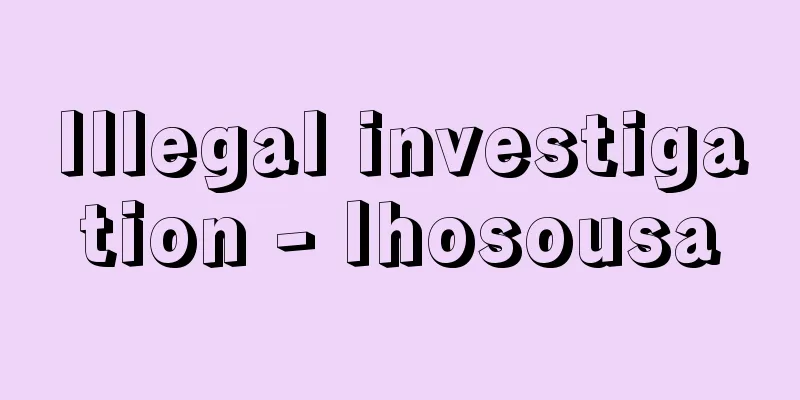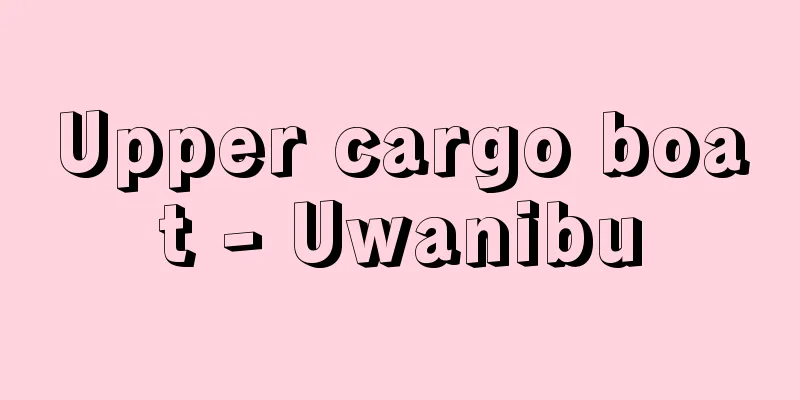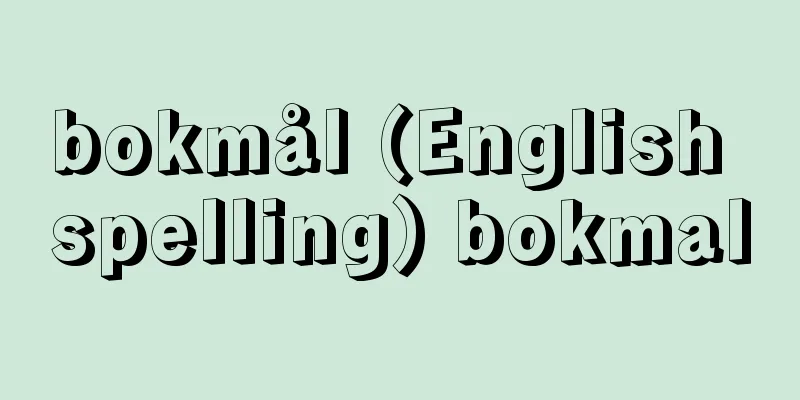International Military Tribunal for the Far East
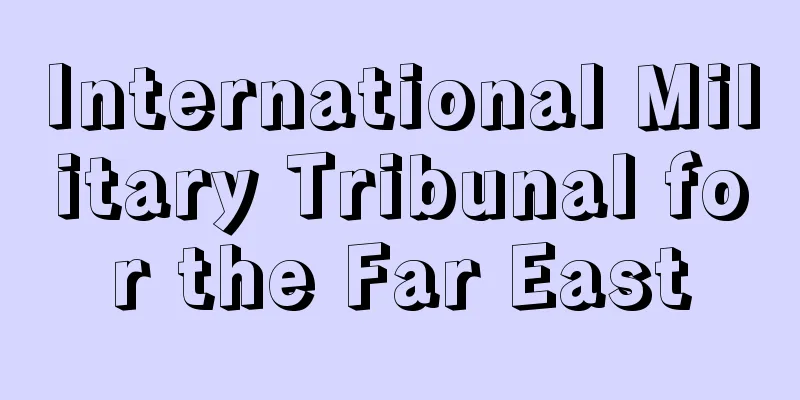
|
Commonly known as the Tokyo Trials, the International Military Tribunal for the Far East was conducted by the Allied Powers against serious Japanese war criminals, in response to the International Military Tribunal for the Nazi war leaders held in Nuremberg, Germany, after the Second World War. The Potsdam Declaration, which Japan accepted on August 14, 1945, stated that "severe punishment shall be meted out to all war criminals," and in the surrender document signed on September 2 of the same year, Japan promised to faithfully implement this declaration. In fact, on January 19, 1946, Supreme Commander of the Allied Powers Douglas MacArthur issued a Special Declaration on the Establishment of the International Military Tribunal for the Far East, ordering trials to be held in accordance with the accompanying Charter for the International Military Tribunal for the Far East. According to the Charter, the tribunal would be composed of between six and eleven judges selected from among those nominated by twelve Allied nations, and in fact eleven judges, including Chief Judge Webb of Australia, were appointed by the Supreme Commander. American Keenan was appointed Chief Prosecutor, responsible for investigating and prosecuting the alleged war criminals, and he led 38 subordinates, forming the so-called Keenan Prosecutor Team, to carry out his duties. In addition, each Allied power could appoint one associate prosecutor. The accused could choose their own defense attorney, but the court could reject their request at any time. In fact, 28 Japanese defense attorneys, including Somei Uzawa, and a team of 22 American defense attorneys, including Coleman, were appointed by the accused. On April 29, 1946, an indictment was submitted to the court in the name of 11 Allied nations, and 28 people, including Tojo Hideki, were indicted as serious war criminals (Class A war criminals). The trial began on May 3 in a courtroom that had been renovated from the large auditorium of the former Imperial Japanese Army Academy in Ichigaya, Tokyo. The hearings concluded on April 16, 1948, and the verdict was read out on November 4 of the same year, with the sentences handed down on November 12. All the defendants were found guilty, except for Matsuoka Yosuke and Nagano Osami, who died during the trial, and Okawa Shumei, whose indictment was dropped due to mental disability. Seven were sentenced to death by hanging, 16 to life imprisonment, and two to fixed-term imprisonment. According to the Statute, the Court had jurisdiction over crimes against peace (planning, preparing, initiating or waging a war of aggression, with or without declaration, or in violation of international law, treaties, agreements or guarantees, or participating in a common plan or conspiracy to accomplish any of these acts), ordinary war crimes (violations of the laws or customs of war), and crimes against humanity (murder, extermination, enslavement, deportation and other inhumane acts, or racial persecution, committed before or during the war). Correspondingly, the indictment listed 55 counts and charged each of the defendants with the counts that were applicable to them. 419 witnesses took the stand, and 4,336 documents, including 779 sworn statements, were accepted as evidence, and the facts were examined. The legal issues in particular were: (1) whether the Allied Powers had the power to designate crimes against peace as being available for trial. Doesn't it go against the principle of equality for only the victorious nations to conduct such trials? (2) Isn't it true that wars of aggression are not considered criminal offenses under the Kellogg-Briand Pact? (3) Isn't it true that war is an act of the state, and that individual responsibility cannot be attributed to it? (4) The provisions of the Courts Ordinance are ex post facto laws, and that punishment based on ex post facto laws is not permitted? (5) Aren't the war criminals referred to in the Potsdam Declaration a concept that is based on ordinary war crimes that had existed up until that point? (6) Can't acts of murder in the course of waging war be said to be illegal? (7) Can't a superior be held criminally responsible for the acts of his subordinates? However, the court's judgment supported the prosecutor's arguments on these points, affirmed the court's jurisdiction, and detailed the facts of the indictment, concluding that a war of aggression had been waged, that there had been a conspiracy to wage it, and that the welfare of the prisoners of war had been completely disregarded. The judgment was 1,212 pages long in English. Justice Pal of India delivered an even longer dissenting opinion, arguing that all the defendants should be acquitted. In addition, Presiding Judge Webb submitted individual opinions or dissenting opinions to the effect that, in order to be fair to the Nuremberg Trials, the Japanese defendants could not be said to deserve the death penalty; Judge Bernard of France stated that it was regrettable that the court was unable to try all the suspects and that the Emperor was not tried; Judge Roering of the Netherlands stated that the defendants Hata Shunroku, Hirota Koki, Kido Koichi, Shigemitsu Mamoru, and Togo Shigenori were not guilty; and Judge Jaranilla of the Philippines stated that the sentences for some of the defendants were too lenient. The Tokyo Trials, along with the Nuremberg Trials, are of great significance in the history of international law as the first time that war leaders involved in waging a war of aggression were personally prosecuted and punished. [Yasuo Ishimoto] "The Tokyo Trials, volumes 1 and 2, by Kojima Jo (1971, Chuokoron-Shinsha)" ▽ "The Tokyo Trials, 3 volumes, edited by the Asahi Shimbun Court Correspondents (1962, Dosho Kankokai)" ▽ "The Victors' Judgment, by R.H. Minear, translated by Ando Jinsuke (1972, Fukumura Publishing)" ▽ "From the Tokyo Trials to the Idea of Postwar Responsibility, by Onuma Yasuaki (1985, Yushindo)" [References] | |©Shogakukan "> List of Tokyo Trial Defendants Source: Shogakukan Encyclopedia Nipponica About Encyclopedia Nipponica Information | Legend |
|
通称は東京裁判。第二次世界大戦後、ドイツのニュルンベルクでナチス・ドイツの戦争指導者に対する国際軍事裁判が行われたのと対応して、連合国が日本の重大戦争犯罪人に対して行ったのが極東国際軍事裁判である。 1945年(昭和20)8月14日、わが国が受諾したポツダム宣言は、「いっさいの戦争犯罪人に対して厳重な処罰を加える」と述べ、同年9月2日署名の降伏文書で、わが国はこの宣言の誠実な履行を約束した。実際に46年1月19日に連合国最高司令官ダグラス・マッカーサーは、極東国際軍事裁判所設立に関する特別宣言を発し、これに付属する極東国際軍事裁判所条例に基づいて裁判を行うことを命じた。条例によれば、この裁判所は、連合国のなかの12か国から申し出られた者のなかから6名以上11名以下の裁判官で構成するものとされ、実際に、オーストラリアのウェッブ裁判長はじめ11名の裁判官が最高司令官によって任命された。戦争犯罪人に対する被疑事実を調査し訴追する職責をもつ主席検察官としてはアメリカのキーナンが任じられ、彼は38名の部下を率い、いわゆるキーナン検事団を構成して任務にあたった。そのほかに、いずれの連合国も参与検察官1名を出すことができるものとされた。被告人は弁護人を選任することができたが、他方で裁判所はいつでも弁護人を否認することができるものとされた。実際に、鵜沢(うざわ)総明をはじめとする28名の日本人弁護人と、コールマンをはじめとする22名のアメリカ人弁護人団が被告人によって選任せられた。 1946年4月29日、11か国の連合国の名による起訴状が裁判所に提出され、東条英機(とうじょうひでき)をはじめ28名が、重大戦争犯罪人(A級戦犯)として起訴された。5月3日、東京の市谷(いちがや)旧陸軍士官学校大講堂を改装してつくられた法廷で裁判が開始せられ、48年4月16日に審理が終了し、同年11月4日に判決文の朗読が始まり、11月12日に刑の言渡しが行われた。裁判の途中で死亡した松岡洋右(ようすけ)、永野修身(おさみ)、および精神障害のため起訴を取り消された大川周明(しゅうめい)を除き、被告人全員が有罪とされ、7名が絞首刑、16名が終身禁錮刑、2名が有期禁錮刑に処せられた。 条例によると裁判所は、平和に対する罪(宣戦を布告した、もしくは布告しない侵略戦争、または国際法、条約、協定もしくは保証に違反した戦争の計画、準備、開始もしくは実行、またはこれらの行為のいずれかを達成するための共通の計画もしくは共同謀議への参加)、通例の戦争犯罪(戦争法規または戦争慣例の違反)、および人道に対する罪(戦前または戦時中になされた殺人、殲滅(せんめつ)、奴隷的虐使、追放その他の非人道的行為、または人種的理由に基づく迫害行為)について管轄権を有するものとされたが、これと対応して起訴状は55の訴因をあげ、被告人それぞれに該当する訴因について罪状を述べた。419人の証人が証言台に立ち、779通の宣誓口供(こうきょう)書を含む4336通の書証が証拠として受理され、事実関係について審理が行われた。とくに法律的な争点としては、(1)連合国は、平和に対する罪について裁判に付しうると指定する権能をもつか。戦勝国だけがこのような裁判を行うのは平等原理に反しないか。(2)侵略戦争は不戦条約によっても刑事犯罪とはされていないのではないか。(3)戦争は国家の行為であり、個人に責任が帰属するとは考えられないのではないか。(4)裁判所条例の規定は事後法であり、事後法による処罰は許されないのではないか。(5)ポツダム宣言にいう戦争犯罪人とは、従来の通常の戦争犯罪を前提とした概念ではないか。(6)戦争遂行過程での殺害行為は違法といえないのではないか。(7)部下の行為について上官に刑事責任が帰属するとはいえないのではないか、などがあった。 しかし裁判所の判決は、これらの点について検察官の主張を支持し、裁判所の管轄権を肯定し、起訴事実の認定を詳しく行い、侵略戦争は遂行され、遂行のための共同謀議が存在し、捕虜の福祉は完全に無視されたと結論した。判決文は英文にして1212ページに及んだ。インドのパル裁判官は、これを上回る長文の反対意見を述べ、全被告人を無罪とすべきことを主張した。そのほかにウェッブ裁判長は、ニュルンベルク裁判との均衡上、日本人被告人は死刑に相当するとはいえないという趣旨、フランスのベルナール裁判官は、法廷が全容疑者を裁けず、天皇が裁かれなかったのは遺憾であるという趣旨、オランダのレーリング裁判官は、畑俊六(はたしゅんろく)、広田弘毅(こうき)、木戸幸一、重光葵(しげみつまもる)、東郷茂徳(とうごうしげのり)の被告人については無罪という趣旨、フィリピンのジャラニーラ裁判官は、若干の被告人について量刑が寛大すぎるという趣旨の個別意見または反対意見をそれぞれ提出した。 東京裁判はニュルンベルク裁判と並んで、侵略戦争の遂行に関与した戦争指導者が個人的に訴追され処罰された初めての例として国際法史上重要な意味を有する。 [石本泰雄] 『児島襄著『東京裁判』上下(1971・中央公論社)』▽『朝日新聞法廷記者団編『東京裁判』全3巻(1962・同書刊行会)』▽『R・H・マイニア著、安藤仁介訳『勝者の裁き』(1972・福村出版)』▽『大沼保昭著『東京裁判から戦後責任の思想へ』(1985・有信堂)』 [参照項目] | |©Shogakukan"> 東京裁判被告人一覧 出典 小学館 日本大百科全書(ニッポニカ)日本大百科全書(ニッポニカ)について 情報 | 凡例 |
<<: International Military Tribunal for the Far East
>>: Far East Workers' Conference
Recommend
Tetsutaro Kawakami
Born: January 8, 1902, Nagasaki Died: September 22...
Gasnier, L.
...Then, "Zigoma" (1911), which had a g...
Gosbank (English spelling)
The national central bank of the former Soviet Uni...
Morotsukayama
A mountain on the border between Morotsuka Village...
Reverse osmosis membrane - Gyakushin to Umaku (English spelling)
If a container is divided by a semipermeable membr...
Convolvulin
…The dried tuberous root is called jalapenoide, w...
Bun'ya Bushi - Bun'ya Bushi
A school of joruri founded by Okamoto Fumiya. Oka...
Campeche Bay Oil Fields
A general term for the group of oil fields in the ...
The Great Dog's Eye - The Great Dog's Eye
⇒ Ishikawa no Oonuhime Source: Kodansha Digital Ja...
Yellow paper
〘Noun〙① Yellow paper. Also, paper that has been dy...
Regulations - Rules
〘 noun 〙① Rules. In contrast to "regulations,...
pneumonia
What kind of disease is it? ●Major symptoms and pr...
Chios - Chios
...It is rich in Mediterranean agricultural produ...
Shigarami Zoushi - Shigarami Zoushi
A literary magazine from the Meiji period. It was ...
Being and Time (English: Sein und Zeit)
This is the major work of German existential phil...


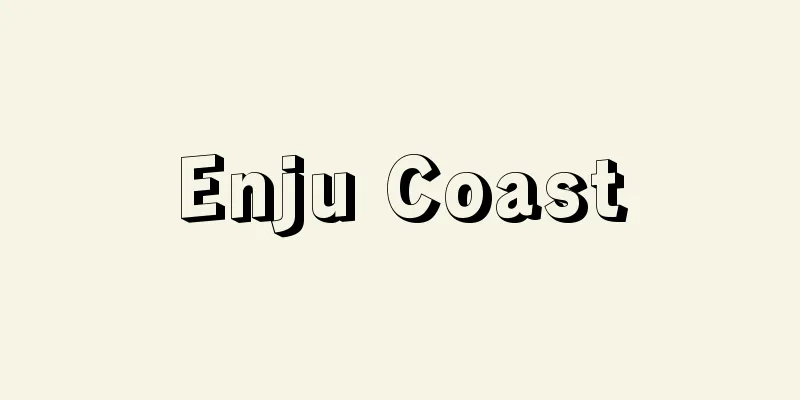
![Queen Fabiola [Mountain] - Queen Fabiola](/upload/images/67d07e0de60c4.webp)

